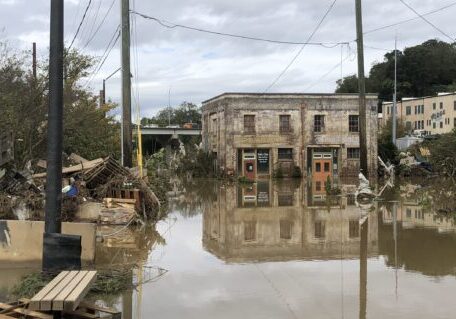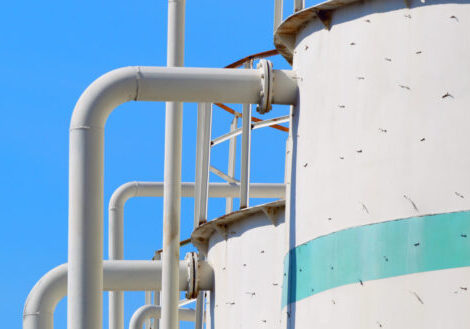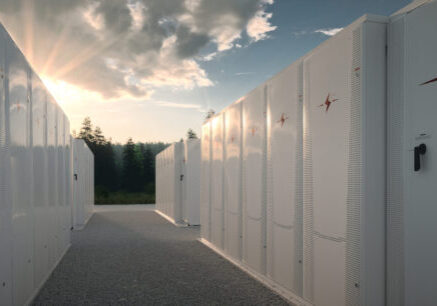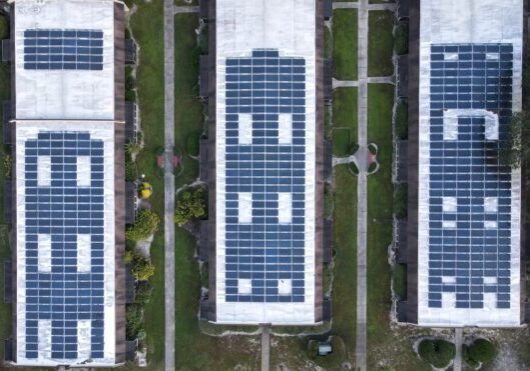July 30, 2014
New Jersey Creates Nation’s First Energy Resilience Bank
By Lewis Milford
New Jersey recently created the first-in-the-nation “Energy Resilience Bank (ERB).” Designed to address a repeat of the devastating impacts of SuperStorm Sandy, when over 8 million people lost electric power in the region, the ERB will provide $200 million for municipalities to finance clean resilient power solutions. This will include “projects that would ensure a highly reliable power supply to critical public facilities such as water and wastewater treatment plants, hospitals, shelters, emergency response centers and transit networks in the event the larger electrical grid fails.”
Clean Energy Group applauds the creation of this first infrastructure bank to focus on energy resilience. New Jersey has created a model to finance resilient power projects, to protect against power outages during severe weather events. The ERB is an important way for states to finance projects like solar with energy storage in food banks, fire stations, wastewater treatment plants, and schools. This is a model that other states should track and evaluate for possible replication.
On July 23rd, the N.J. Board of Public Utilities approved a sub-recipient agreement with the N.J. Economic Development Authority to work jointly in the establishment and operation of the ERB. This innovative approach would be financed through use of $200 million of New Jersey’s second Community Development Block Grant-Disaster Recovery (CDBG-DR) allocation. According to the Governor Christie’s announcement, “the ERB will support the development of distributed energy resources at critical facilities throughout the state …to minimize the potential for future major power outages and increase energy resiliency.”
The ERB will make direct loans and grants, but can also provide credit enhancement for bond issuances and other private financing participations. Although the initial priority is clean water and wastewater treatment facilities, other critical facilities could also be funded, including hospitals, emergency response facilities, municipal town centers, correctional facilities, transportation and transit, public housing and regional high schools that can be used as shelters in case of emergency. For more information about their proposed approach, see their Action Plan.
This is especially important as severe weather creates havoc in the power sector, where power outages threaten lives, harm businesses, adversely impact vulnerable populations, and delay communities from recovering. The millions of people who were without power after Sandy suffered millions of dollars of damage, disrupted lives and livelihoods, and countless hardships by the elderly, the poor, and the disabled.
The NJ approach through the new ERB is a model that all states should consider as they deal with increasing problems of severe weather and the power system, problems that are only growing worse.
Clean Energy Group is working with states and communities to help deploy more resilient power projects, and financing remains a key stumbling block. To that end, Clean Energy Group’s Resilient Power Project will assist any state that wants to set up similar financing and policy programs to support more clean energy and resilient power solutions. It hopes to have states follow New Jersey’s state leadership to provide needed funding to ensure critical facilities so they can continue to serve the public during power outages and emergencies.
For more information, see the press New Jersey release at http://www.state.nj.us/bpu/newsroom/announcements/pdf/20140723erb.pdf and the Superstorm Sandy Community Development Block Grant – Disaster Recovery Action Plan at http://www.state.nj.us/dca/announcements/pdf/CDBG-DisasterRecoveryActionPlan.pdf.














